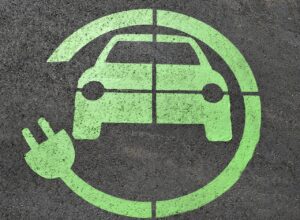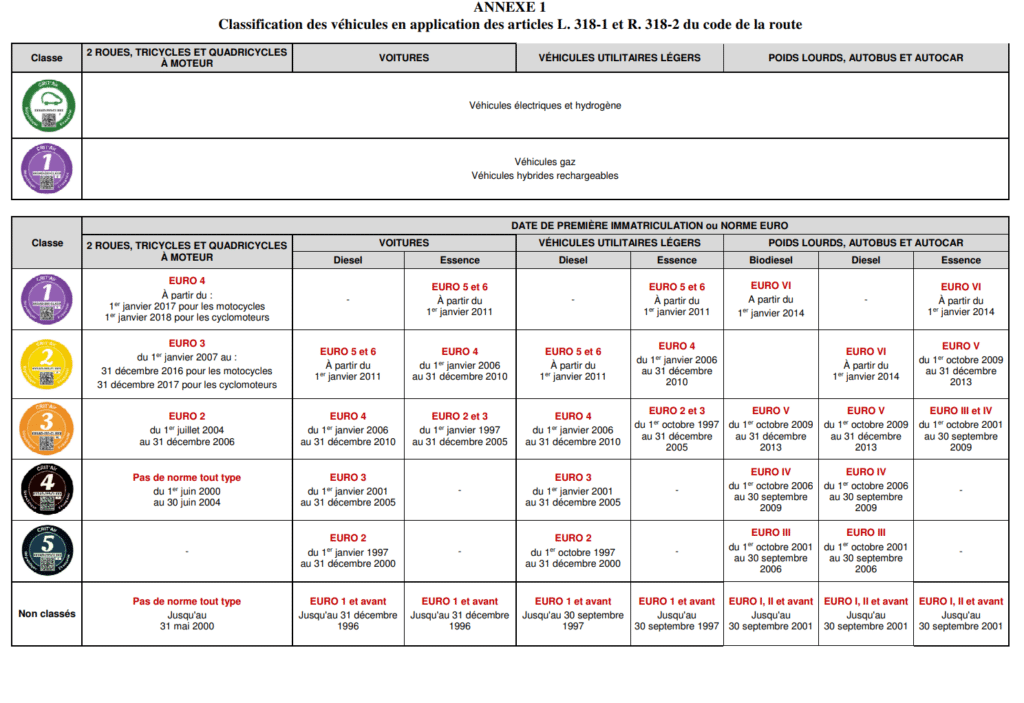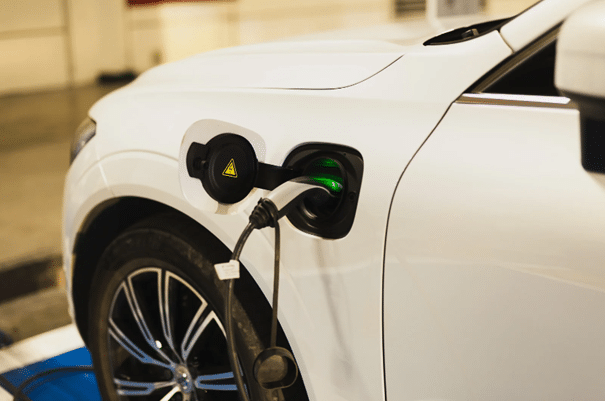
The transition to a more sustainable and environmentally friendly mobility has become a major challenge in France. The government aims to achieve 80 MtCO2e by 2050, which means reducing emissions by almost 6 times compared to 2018 (445 MtCO2e). The transport sector currently accounts for 30% of CO2 emissions, making it the largest emitter of greenhouse gases. In terms of carbon footprint, it's considered that a typical city car emitting 2.2kg of CO2 over a distance of 10km.
In this context, the Mobility Orientation Law (LOM) was adopted to bring about significant changes and promote the adoption of electric vehicles.
The Mobility Orientation Law (LOM) is a French legislation enacted in December 2019. Its main objective is to transform mobility practices to reduce greenhouse gas emissions, improve air quality, and promote better transport accessibility. This law also aims to promote the transition to more sustainable transport solutions,particularly by encouraging the adoption of electric vehicles.
It introduces a number of measures to achieve these objectives. Among the most important provisions are the creation of low-emission zones (ZFE) in which only the least polluting vehicles are allowed to circulate. The law mandates ZFE in cities with more than 150,000 humains , but cities have the ability to impose stricter criteria, leading to differences between them. Additionally, the law provides financial incentives to encourage the transition to so-called clean vehicles, as well as obligations for corporate fleets to integrate an increasing percentage of electric vehicles into their vehicle fleet.
The LOM will have significant implications for businesses and fleet managers using utility vehicles. Firstly, it will strongly encourage companies to opt for electric vehicles to comply with the new regulations.Specifically, the law requires companies to replace a certain percentage of their fleet with vehicles emitting less than 60gCO2/km (some plug-in hybrid vehicles meet this threshold).
This opens up new perspectives for retrofitting,an innovative solution that involves converting a thermal vehicle to electric power.It offers professionals the opportunity to transition to a more environmentally friendly vehicle fleet without having to purchase new vehicles,which are polluting to produce. According to a study byADEME, , for example, retrofitting instead of purchasing a new vehiclecan reduce CO2 emissions by 47% and 66% compared to keeping a diesel-powered vehicle on the road
What are the implementation dates of the LOM and what are the impacts on fleet managers ?
The LOM was enacted in December 2019, but its implementation is gradual. A timeline has been established to ensure a smooth transition and allow professionals to adapt to the new requirements. Here is an overview of the main stages of the timeline :
- 2021: Implementation of low-emission zones (ZFE). The most polluting vehicles are gradually banned from circulation.
- 2022: For companies with more than 100 vehicles,fleet managers will be required to renew their vehicles 10% with electric ones.. Financial financial incentives incentives are also being implemented to encourage the purchase of electric vehicles.
- 2023: Expansion of Low Emission Zones (ZFE) to 11 French cities : Aix-Marseille, Grenoble, Lyon, Montpellier, Nice, Paris, Reims, Rouen, Saint Etienne, Strasbourg, and Toulouse. The aim is to gradually extend these zones to cover a large part of the territory.
- 2024: Strengthening of obligations for company fleets to integrate an increasing percentage of electric vehicles, up to 20%.Financial incentives are maintained to support this transition.
- 2025: All cities with more than 150,000 inhabitants, totaling 43 French cities, will be affected by the ZFE. A mandatory 40% fleet renewal to electric vehicles for companies.
- 2027 : 70% of fleet renewals must be electric.
Voici un tableau récapitulatif des vignettes et immatriculations (source : gouvernement) :
These stickers pertain to air pollution criteria that regulate access to low-emission zones (ZFE). They should not be confused with the fleet renewal criteria imposed on fleet managers (60 gCO2/km threshold).

It is important to highlight that the LOM is a tangible reality already impacting many mobility professionals in France. By anticipating these changes and investing in electric conversion solutions for utility vehicles, professionals can not only comply with the law but also reap the economic and environmental benefits offered by electric mobility.
What financial incentives has the government implemented to encourage fleet renewal ?
There are two main incentives: the conversion bonus and the ecological bonus.
The conversion bonus applies toboth the purchase and lease of a low-emission vehicle, conditional on scrapping a polluting vehicle.
The purchase of a new electric vehicle raises ecological concerns as it requires the disposal of a running vehicle and the construction of a new one, whereas retrofitting preserves the existing vehicle while adapting it to current environmental challenges.
This bonus is also valid for plug-in hybrid vehicles with a range exceeding 50 km.
For private cars,it amounts to 2.500€ €2,500 (if the car's price is €60,000 or less) and 9.000€ €9,000 for light commercial vehicles..
This conversion bonus is replaced by the retrofit bonus when converting a vehicle to electric, offering the same amount as the conversion bonus.
As for the ecological bonus, its amount varies from €1,000 to €5,000 per vehicle.
What are the charging infrastructure requirements imposed by the LOM law ?
The infrastructures affected by this law, such as commercial buildings, public service facilities, and industrial sites, must be equipped with charging stations based on their number of parking spaces. Here are the mandatory percentages :
· Up to 40 parking spaces : 10% of the parking spots must have charging stations, with a minimum of one station.
· Over 40 parking spaces : 20% of the parking spots must have charging stations,.
It should be noted that the buildings concerned are those whose building permits were filed after March 11, 2017.

What are the benefits, for fleet managers, of retrofitted utility vehicles ?
· Reduction of greenhouse gas emissions and contribution to better air quality.
· The operating costs of electric vehicles are lower than those of internal combustion vehicles: savings on fuel and maintenance costs such as oil changes, filter and spark plug replacements, and also brakes that wear out less quickly.
· If the vehicle is already equipped (branding and interior installations), this avoids the need to refit a new vehicle, which represents a cost and less logistics.
· Improve the company's brand image.
· Enhance the comfort of vehicle users with a quiet driving experience while retaining the driving laws and comfort of a thermal vehicle.
· Provides a clearer view of costs through integrated connectivity with our onboard platform.
If you're interested in the retrofit solution or if you have any questions, feel free to contact us here !
